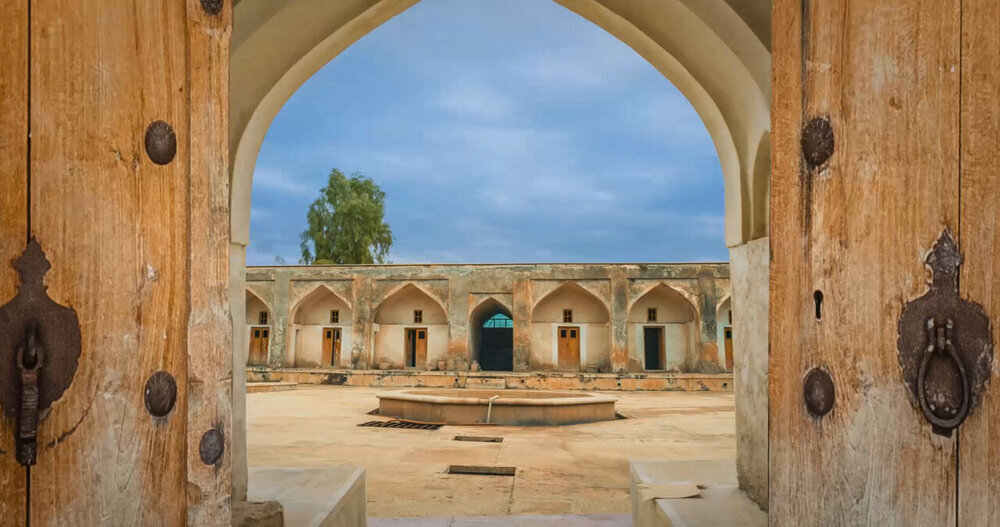Belad-e Shapur, a treasured ruined Sassanid city, undergoes restoration

TEHRAN – A new round of restoration work has commenced on Belad-e Shapur, whose ruins draw avid sightseers, historians and researchers to the ancient Sassanid city in southwest Iran.
Based on a long-term plan, the province’s cultural heritage department has almost completed purchasing surrounding lands to verify the legal boundaries of the ancient city.
The plan is meant to cement protection of the site on the one hand, and to help accelerate its restoration project, according to the department.
The ancient city was found at the time of Shapur I, the second king of the Sassanid Dynasty who reigned from 241 CE–272.
Under his leadership, the Sassanid Empire stretched from Sogdiana and Iberia (Georgia) in the north to the Mazun region of Arabia in the south; in the east, it extended to the Indus River and in the west to the upper Tigris and Euphrates river valleys.
In the Sassanid epoch, art and architecture experienced a general renaissance. Architecture often took grandiose proportions such as palaces at Ctesiphon, Firuzabad, and Sarvestan that are amongst highlights of the ensemble.
In that time, highly sophisticated crafts like metalwork and gem engraving developed. Moreover, texts from the East and the West were translated into Pahlavi, the then official language.
In addition, the lavish Sassanian art touched upon rock-carved sculptures and bas-reliefs carved on abrupt limestone cliffs. Best examples can be traced at Bishapur, Naqsh-e Rostam, and Naqsh-e Rajab in southern Iran.
In 2018, the United Nations Educational, Scientific and Cultural Organization added an ensemble of Sassanian historical cities in southern Iran -- titled “Sassanid Archaeological Landscape of Fars Region”-- to its World Heritage list.
Apart from its rich antiquities, Kohgiluyeh and Boyer-Ahmad is a gem for nature lovers. Moreover, it is known for being home to nomadic tribes. Sightseers may live with a nomadic or rural family for a while or enjoy an independent stay and assist them with day-to-day life. It also opens up an opportunity to feel rustic routines, their agriculture, traditions, arts, and culture.
AFM
